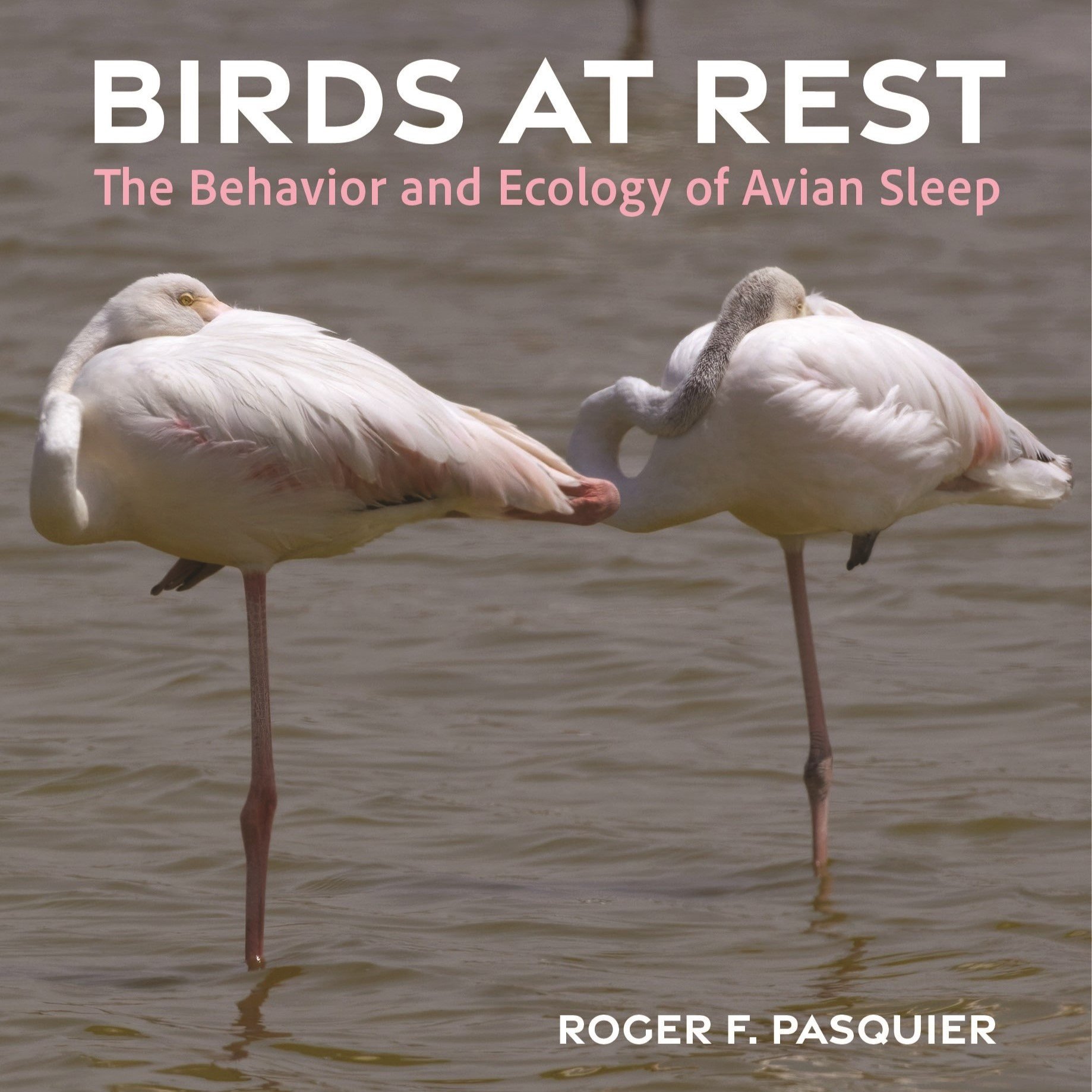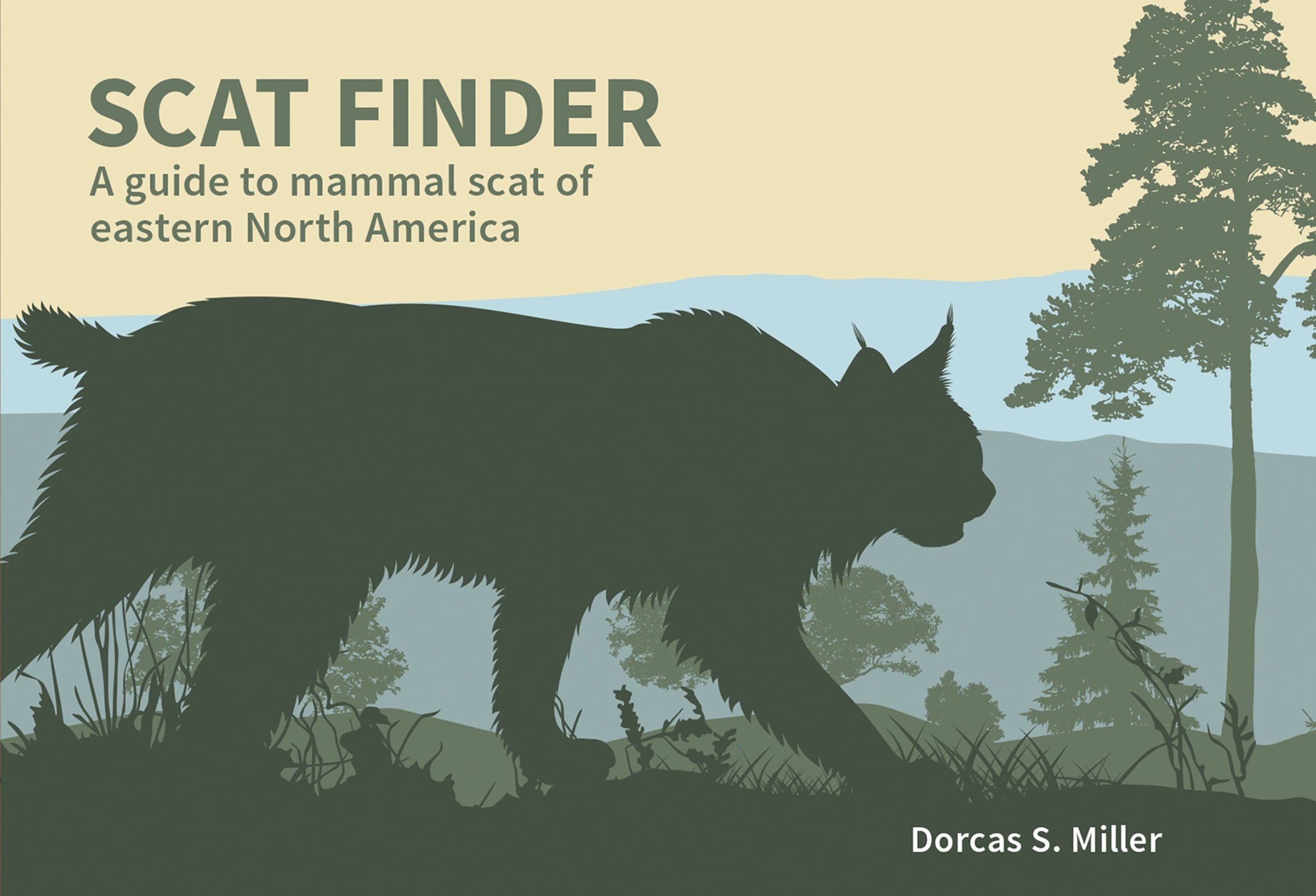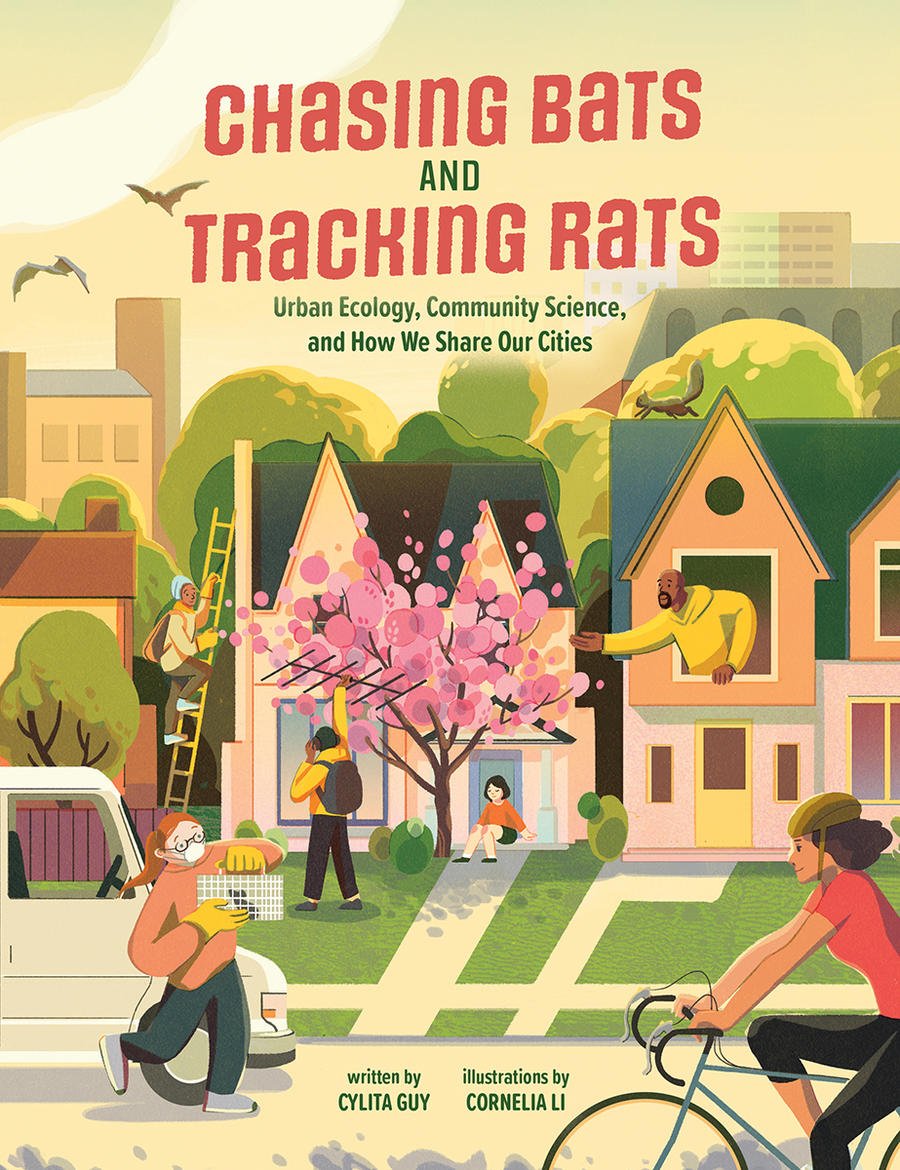
A show about relationships with the land
There are many ways to listen to the show: Listen live on CFRU 93.3 fm broadcasting from the University of Guelph Mondays at 6pm EST or listen to the podcast via Spotify, Apple, or just follow the rss feed.

Ep. 262 : Birds at Rest with Roger Pasquier
I have had a lot of conversations with biologists and ornithologists over the years, trying to learn about how different animals sleep. Are the functions of sleep in humans similar to similar animals? What about different kinds of animals, like insects, or birds?
Does photoperiod change the amount of time birds sleep? How does the changing climate affect birds at rest? Do birds dream?
Roger Pasquier has taken the time to collect the information from a ton of various studies into avian rest and sleep and consolidated them into a useful and interesting book, and then taken the time to discuss some of this research on the show.

Ep. 254 : Eavesdropping on Animals with George Bumann
Aside of our human cultural space there is the broad other-than human animal place. A world we exist along with, and yet are still achingly removed from. This wilder edge is always calling out, audibly and silently, with gesture, scent, behaviour and sound. George Bumann has been practicing paying attention to this world in ways that I long to.

Ep. 253 : Mushroom Color Atlas with Julie Beeler
As Julie Beeler writes, it wasn’t until 1969 that fungi were taxonomically separated from plants and recognized as inhabiting their own kingdom. There is so much that we do not understand about their taxonomy, their natural history, their functions in their ecosystem, or their medicinal values. With all that we do not know, Julie Beeler’s amazing work, set on paper as the Mushroom Color Atlas draws a clear path towards understanding the possible tones and timbres of colour and shade which we can pull from some of members of this vast kingdom.

Ep. 237 : Turtles of North America With Kyle Horner (and salamander migration mini report back)
Did you know that birds are more closely related to turtles, than turtles are to snakes? I just learned that. Do you know what cloacal breathing is? I bet you do… but how does it work? That’s some of the interesting stuff I got to ask naturalist, author and educator Kyle Horner recently when we spoke about his new book Turtles of North America.
And this week’s show isn’t just about turtles! It is a bit of reptilian and amphibian mashup, because for the second part I give a short report back from a recent field trip down to Sudden Tract to check on Spring salamander migration. Tis the season!

Ep. 226 : Lichens with Troy McMullin
Lichens been a draw for me for the last few years. When it comes to a diversity of lifeforms coming together in a fungal structure to draw down nutrients from the atmosphere, to beautify a landscape, to feed some of the largest land mammals down to sheltering some of the smallest arthropods, I’m hooked.
For many of us, the problem has been where to start, how to get into the lichens, how to identify them and how and where do we learn what roles and functions these forms of life have on the land?
In comes Dr. Troy McMullin, lichenologist, author of dozens of papers on lichens, describer of 10 species new to science, and author of the new book Lichens : The Macrolichens of Ontario and the Great Lakes Region of the United States out on Firefly Books.

Ep. 214 : North American Flycatchers with Cin-Ty Lee and Andrew Birch
Cardinals, Blue Jays, Robins, Mourning Doves, Mallards, Black-capped Chickadees. Quite common and familiar birds most folks seem to know. One of the reasons is that they have very distinct patterning and physical traits that render them easily identifiable. Even some of the Sparrows can be differentiated by a slightly advanced beginner. Flycatchers? They can be tough. When I see a Yellow-bellied Flycatcher (Empidonax flaviventris) in the woods, despite being one of the more recognizable, determinable Empidonax species, I am still left uncertain, full of doubt and just generally end up calling it a Flycatcher.
I spoke with Cin-Ty and Andrew about their new book and how this new method of identification can help us not only better identify some of the Flycatchers, but also to look at how we regard all birds in ways that encounter them more fully, experiencing them in broader context through investigating narrower characteristics.

Ep. 191 : Scat Finder with Dorcas Miller
Finding and identifying scat is definitely part of a trackers repertoire as scat is a gateway into the natural history of the animal who left it. It highlights which species the animal is in relationship with, can help identify where the animal has been, and more generally can teach us more about our land base, which really is the point of this show.
Dorcas and I share stories while I ask questions about her awesome new book. It was an honour to get to talk with Dorcas.

Ep. 176 : Chasing Bats and Tracking Rats with Dr. Cylita Guy
When I began reading it I realized Dr. Cylita Guy’s new book Chasing Bats and Tracking Rats I realized that it is more than what it seems. Cylita has written about how eight different researchers go about conducting their research along with how they themselves, as individuals, some as BIPOC scientists, interact with and encounter their work.
There are stories of late night encounters with the police, and of a scientist observing birds in park being asked to leave because other park goers were “uncomfortable” likely because the scientist was a Black woman. There are stories of urban ecology researchers that reflect the urban human population dynamics which, in some ways, are comparable to the wilds they work to understand. Life blooms everywhere, and within these pages I read the stories of the broad ecologies which I am not only witness to, but also apart of.

Ep. 174 : The True Cost of Coal with the Beehive Collective
The massive Beehive Collective posters were a big part of my culturation and activist upbringing. Every punk house, infoshop, or radical space I encountered had one. But despite seeing them so often, these black and white billboards were still a little mysterious and the narrative a bit illusive.
When Saku and D came through this past week they brought with them a simplified key, a song, a Seussian poem detailing the narrative of the work, which made it much more approachable to a broader, and younger audience. Inspired by their own child and the desire to teach them about what has been going on in the world, they put together a new book detailing the true cost of coal.

Ep. 173 : Cartoonist and Author Rosemary Mosco
I really appreciate when I can meet someone who can take something despised and vilified and transform it into a beautiful focal point, braiding together natural history, human history, and urban ecology. Rosemary Mosco is someone who does this on the regular.
I got to talk with Rosemary about her own connections with nature, her award winning comic birdandmoon, really diving deep into Pigeons (Columba livia) and her new book A Pocket Guide to Pigeon Watching.

Ep. 142 : Raptor Prey Remains with Ed Drewitt
For Episode 142 I get to talk to Ed Drewitt, naturalist, Peregrine Falcon researcher, and author of Raptor Prey Remains : A guide to identifying what’s been eaten by a bird of prey. We talk about raptor ecology on the broad sense and also get focus on Peregrines.
It was a nice and relaxed interview, with Ed sharing so much of what he has learned through his years of observation and study, and how his book can help those who are getting started in the world of tracking birds of prey by learning to correctly identify that which they prey upon.

Ep. 137 : Dr. Mark Elbroch and The Cougar Conundrum
Wonderful interview with Mountain Lion biologist and author Dr. Mark Elbroch, talking about his new book "The Cougar Conundrum : Sharing the World with a Successful Predator".
Mark Elbroch shares some Cougar natural history and we hear his thoughts on the role media can play in Cougar conservation and his work with Panthera, a large Cat conservation organization protecting Cats around the world.

Other platforms where you can listen to the show :
As well as : Breaker : Overcast : Pocket casts : RadioPublic



